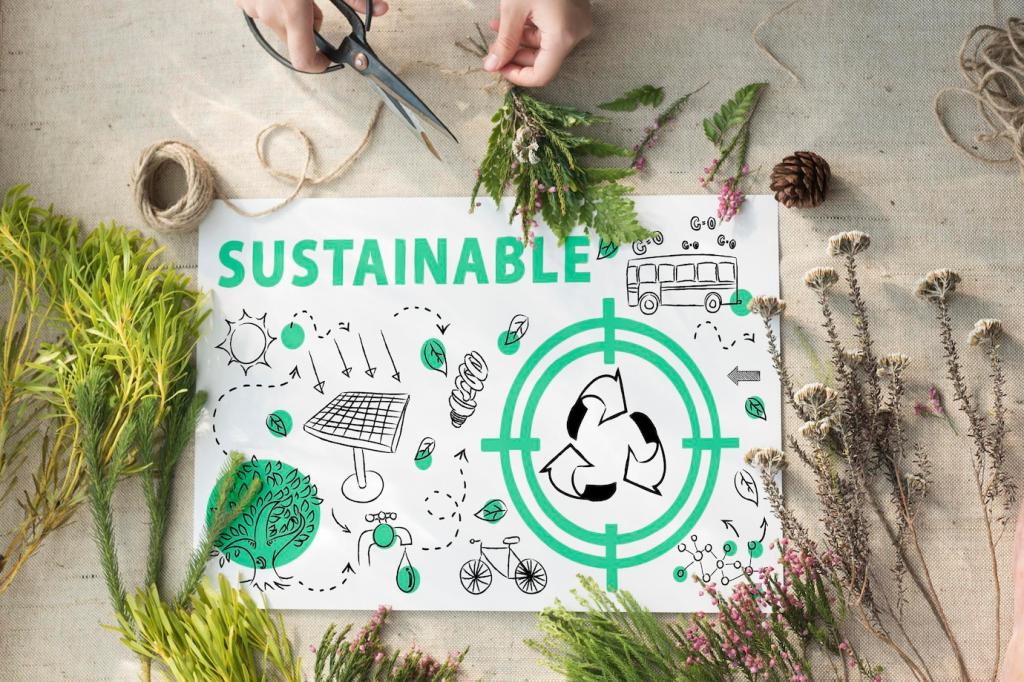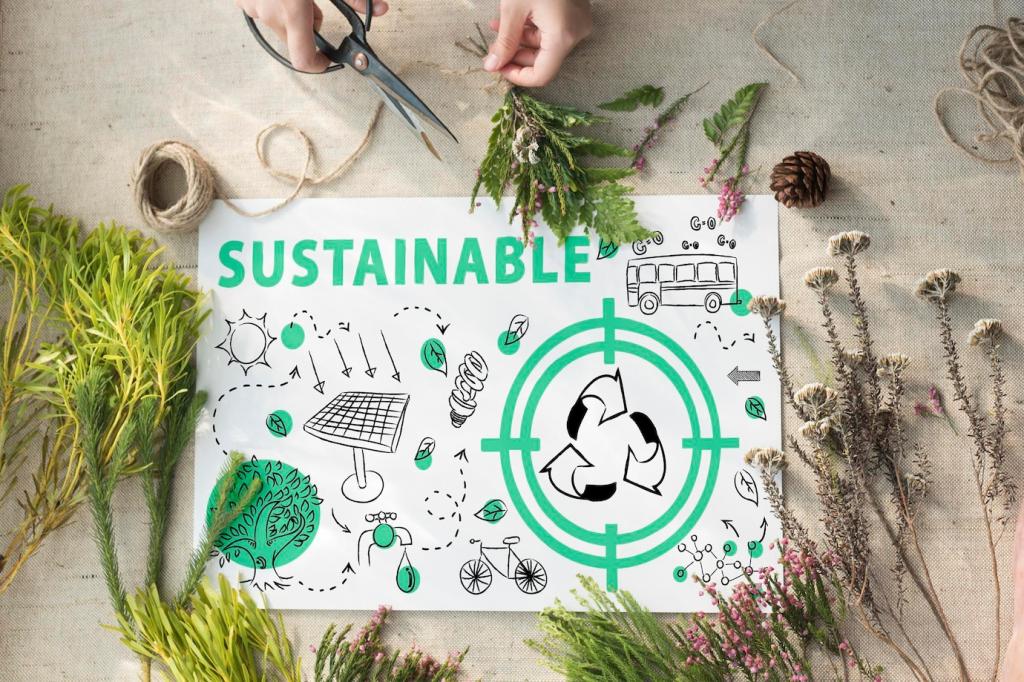
Crafting Compelling Stories for Sustainability
Chosen theme: Crafting Compelling Stories for Sustainability. Welcome to a space where purpose meets narrative craft. Together, we’ll shape messages that spark curiosity, inspire action, and make sustainable choices feel achievable, meaningful, and shared. Subscribe and add your voice—your story could be someone’s turning point.

Building a Story Arc for Climate Action
Hook with Lived Experience
Begin with a concrete moment: a power bill that spikes, a garden that withers, a kid asking why summer feels hotter. Lived detail earns attention and frames sustainability as personal, not abstract. Ask readers to share their first memory of noticing change.
Name Stakes and Offer Agency
Describe what could be lost—or gained—on a human scale: quiet nights, affordable food, cleaner air. Then reveal doable actions that fit diverse lives. Agency matters; show choices that are attainable now, not perfection that paralyzes. Invite a small, specific step this week.
Resolve with Shared Momentum
End by widening the circle: neighbors co-invest in insulation, coworkers swap rides, the school plants shade trees. Resolution is not the end; it is a handoff. Encourage readers to tag a friend, join our mailing list, and report back on their collective progress.

Community Messengers, Not Distant Experts
A bus driver who explains route improvements can humanize transit better than a billboard. A farmer discussing soil health grounds climate in dinner plates. Seek credible locals and let them speak plainly. Invite readers to nominate community voices we should profile next.

Center Frontline Perspectives
People closest to pollution, floods, or heatwaves carry truths data alone cannot convey. Partner respectfully, pay for their time, and co-create stories that protect dignity. Ask how readers prefer to be represented; consent and accuracy build trust and deepen impact.

Youth Leaders with Intergenerational Bridges
Young advocates bring urgency and creativity, but intergenerational storytelling sustains momentum. Pair student innovators with elders who remember cleaner rivers returning. The dialogue models practical mentorship. Encourage families to co-author a short post on one action they chose together.
Turning Data into Narrative
Instead of saying an appliance saves two hundred kilowatt-hours, compare it to charging a phone for years or powering movie nights all summer. Concrete comparisons stick. Share a tricky metric you struggle to explain; we’ll craft a memorable analogy together.
Use one message per chart, legible labels, and honest uncertainty. A simple before-and-after heat map can beat a dense dashboard. Provide sources inline. If a number is uncertain, say so. Readers trust clarity more than confidence without context—invite them to question responsibly.
Track the human outcomes your story promised: cooler classrooms, lower bills, quieter streets. Convert carbon saved into relatable units like trees planted or bus rides taken. Subscribe for templates that map narrative goals to trackable indicators without draining your team’s creative energy.

Formats that Amplify Sustainable Stories
Open with a visual problem-solution beat: drafty window, foam strip installed, comfort improved. Add captions, a clear CTA, and a link to resources. Ask viewers to duet or stitch their quick fixes, growing a community-made library of rapid, repeatable wins.
Formats that Amplify Sustainable Stories
Use newsletters to connect weekly dots: policy shifts, local programs, reader wins. Pair analysis with a story anchor and one practical tip. Invite replies to a question of the week; we’ll feature thoughtful responses, crediting contributors and expanding our collective insight.



Pick one primary action per story: adopt a reusable habit, schedule an audit, sign a transit pledge. Design every element to support that action, then measure clicks, signups, or follow-through. Share which action you want help optimizing next issue.

A/B test subject lines or openings, but avoid manipulative fear spikes. Report results to your audience—transparency breeds partnership. When something fails, treat it as learning fuel and explain why you will try a new angle next time.

After publishing, ask readers what resonated, what confused, and what they did. Spotlight their responses, update guidance, and iterate. Comment with one sentence about what moved you in today’s theme, and we will feature a roundup next week.
Starter Toolkit and Creative Prompts
Story Prompts to Spark Momentum
Try these openings: “I didn’t change my mind until…”, “The quietest benefit no one mentions…”, “When the bus arrived early, I realized…”. Write for ten minutes, no edits. Post a snippet below to encourage others to start drafting.
Plain-Language Sustainability Glossary
Swap jargon for clarity: retrofitting becomes home upgrades, mitigation becomes reducing the problem, adaptation becomes preparing wisely. Keep sentences short, verbs active, acronyms rare. Ask readers to submit confusing terms; we’ll translate and credit contributors.
A Simple Editorial Calendar
Weekly rhythm: Monday—personal story; Wednesday—data explained; Friday—action roundup. Monthly: one deep dive, one community profile, one experiment report. Subscribe to get the printable calendar and share how you adapt it for your team or neighborhood.

